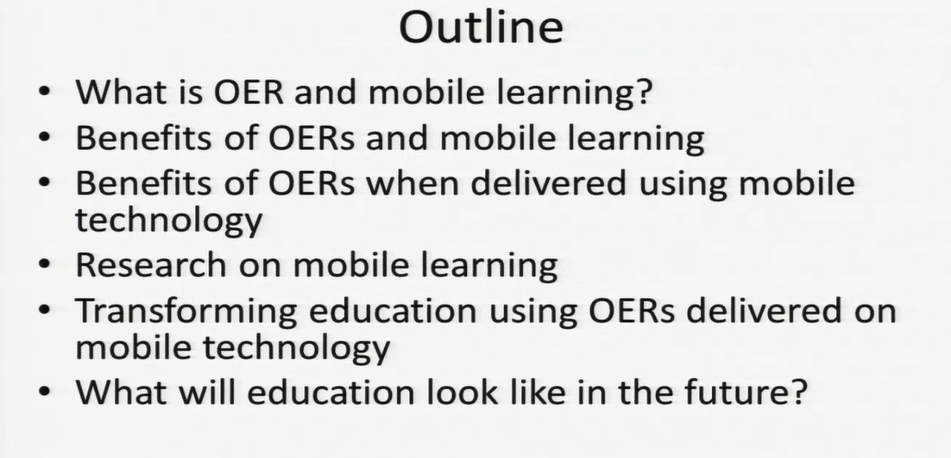Objectives: This study aims to investigate the relationship between the total injury experience rate and socioeconomic status based on the fourth Korea National Health and Nutrition Examination Survey (KNHANES). Methods: By analyzing data from the ...
http://chineseinput.net/에서 pinyin(병음)방식으로 중국어를 변환할 수 있습니다.
변환된 중국어를 복사하여 사용하시면 됩니다.
- 中文 을 입력하시려면 zhongwen을 입력하시고 space를누르시면됩니다.
- 北京 을 입력하시려면 beijing을 입력하시고 space를 누르시면 됩니다.

The Relationship between Injury and Socioeconomic Status in Reference to the Fourth Korean National Health and Nutrition Examination Survey
한글로보기https://www.riss.kr/link?id=A100971238
- 저자
- 발행기관
- 학술지명
- 권호사항
-
발행연도
2014
-
작성언어
English
- 주제어
-
등재정보
KCI등재후보
-
자료형태
학술저널
-
수록면
1-11(11쪽)
- DOI식별코드
- 제공처
-
0
상세조회 -
0
다운로드
부가정보
다국어 초록 (Multilingual Abstract)
Objectives: This study aims to investigate the relationship between the total injury experience rate and socioeconomic status based on the fourth Korea National Health and Nutrition Examination Survey (KNHANES).
Methods: By analyzing data from the fourth KNHANES conducted from 2007 to 2009, we estimated the injury experience rate according to socioeconomic status, including the occupational characteristics of 11,837 subjects. Setting the injury experience rate as a dependent variable and socioeconomic status as an independent variable, we performed logistic regression to calculate odds ratios reflecting the likelihood of injury according to socioeconomic status while controlling for relevant covariates.
Results: In 797 subjects who had injury experience over the past 1 year, 290 persons (36.4%) had a work-related injury. As their income, home value, and educational status increased, their injury experiences decreased. Among occupational groups, the craft, equipment, machine operating, and assembling workers showed the highest rate (10.6%) of injury experience, and the lowest rate (5.7%) was found in the unemployed group. After adjusting for the confounding variables, the experience of injury was significantly related to several socioeconomic factors: high income (OR = 0.54; 95% CI: 0.34-0.86), high home value (OR = 0.65; 95% CI: 0.43-0.96), low education status (OR = 1.28; 95% CI: 1.07-1.52), and specific occupations such as craft, equipment, machine operating, and assembling work (OR = 1.99; 95% CI: 1.60-2.47), skilled agriculture, forestry and fishery work (OR = 1.43; 95% CI: 1.02-2.01), and simple labor (OR = 1.38; 95% CI: 1.04-1.82).
Conclusions: The injury experience rate differed depending on the socioeconomic status. A negative correlation was found between the injury experience rate and income, low home value, and education level. Moreover, a higher rate of injury experience was found in occupation groups and physical worker groups in comparison to the unemployed group and white-collar worker groups. This study would be useful in selecting appropriate priorities for injury management in Korea.
목차 (Table of Contents)
- Abstract
- Introduction
- Materials and methods
- Results
- Discussion
- Abstract
- Introduction
- Materials and methods
- Results
- Discussion
- Conclusions
- References
동일학술지(권/호) 다른 논문
-
A Case of Obstructive Sleep Apnea and Assessments of Fitness for Work
- 대한직업환경의학회
- Sukwoo Hong
- 2014
- KCI등재후보
-
Estimated rate of agricultural injury
- 대한직업환경의학회
- Hyeseon Chae
- 2014
- KCI등재후보
-
Pulmonary function decline in firefighters and non-firefighters in South Korea
- 대한직업환경의학회
- Ju-Hwan Choi
- 2014
- KCI등재후보
-
Very Long (> 48 hours) Shifts and Cardiovascular Strain in Firefighters
- 대한직업환경의학회
- BongKyoo Choi
- 2014
- KCI등재후보
분석정보
연관 공개강의(KOCW)
-

Developments in 14-19: Institute of Education
Teachers TV Teachers TV -

Education Policy at the Party Conferences
Teachers TV Teachers TV -

2014 이러닝 국제 콘퍼런스 : Open Education Resources with Mobile Learning to Transform Education
한국교육학술정보원 Mohamed Ally -

Early Sex Education: The Debate
Teachers TV Teachers TV -

Further Education: Work Experience
Teachers TV Teachers TV





 DBpia
DBpia

